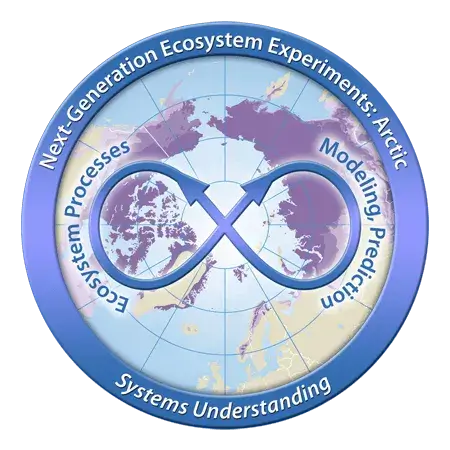Page not found
-
Executive summary Phase 2
… Motivated by a ModEx approach, this proposal highlights progress made by the multi-disciplinary NGEE Arctic team in …
-
Modeling and Scaling Strategy
… to thermal-hydrology simulations. Although significant progress was made in Phase 1, a consensus conclusion … simulations over large domains, and hindering our progress on the up-scale migration of new knowledge to …
-
Landscape Characterization
… basin wetness, and texture. In NGEE Arctic, progress has already been made to correlate geophysical and …

